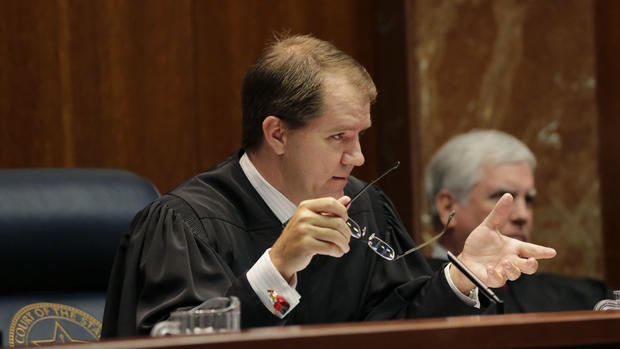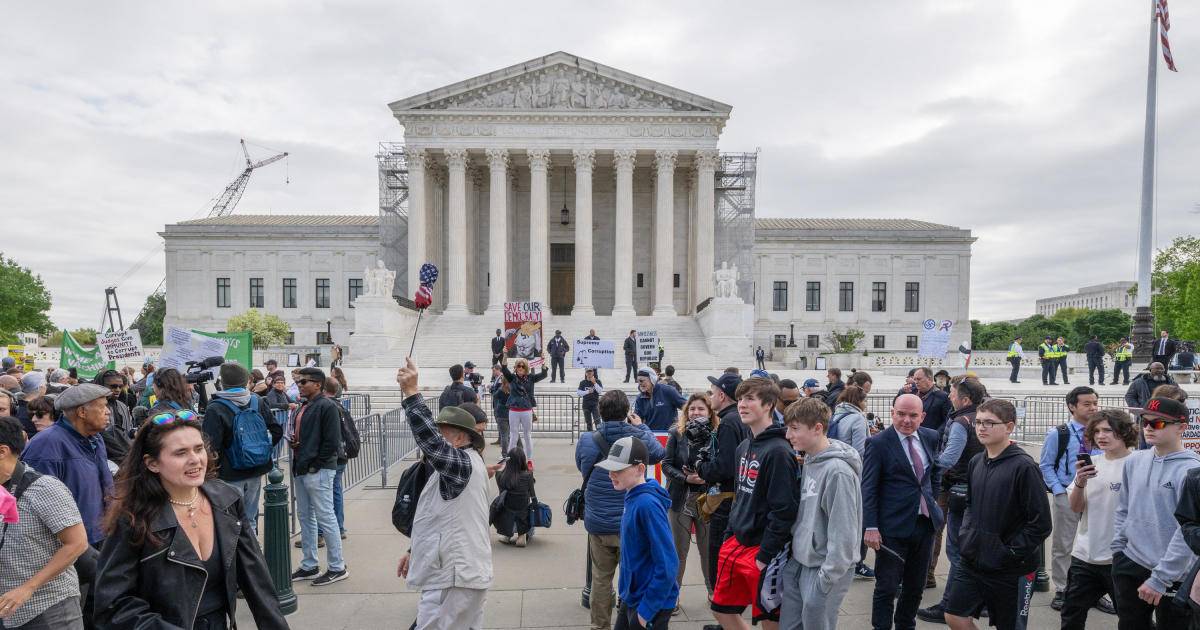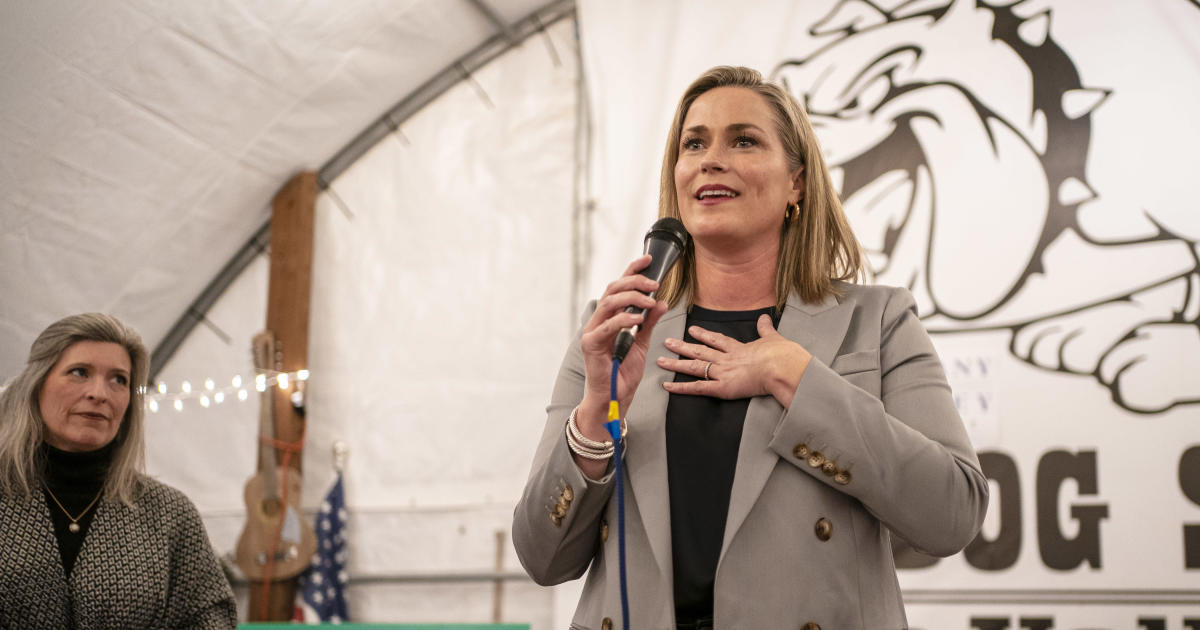The big things Donald Trump could do on the first day of his presidency
Donald Trump’s promises have run the gamut from building a wall at the southern border to returning manufacturing jobs to Americans. Many of them can’t be fulfilled quickly, if ever. But some can be dispatched with expediency as he gets ready to take office just
Throughout his campaign, Donald Trump made promises about things he’ll do in the first days of his presidency. Many of those -- like building a wall on the southern border or returning manufacturing jobs to Americans -- can’t be done quickly, if ever. But some of his promises can be fulfilled relatively quickly.
Here are a few things Trump can do in the first days of his presidency:
The Supreme Court
At the top of that list is naming a Supreme Court justice to fill the vacancy left by the death of Antonin Scalia in February. Trump has released twenty-one names of potential Supreme Court picks -- all conservative. He’d maintain the balance of the court, and with three justices 78 years of age or older, he’s likely to solidify the conservative composition on the court. Justice Ruth Bader Ginsburg will be 83 years old by the time Trump is sworn in; Bill Clinton appointee Justice Stephen Breyer will be 78, and Justice Anthony Kennedy will turn 80 next year.
Naming a justice is one thing. Confirmation is another. Although the Senate remains in Republican hands after the election, it does not have a filibuster-proof majority, and what’s not clear is whether Democrats will try to block whomever Trump nominates. A couple of Senate Republicans, including Ted Cruz, had threatened before the election that if Hillary Clinton won, they would advocate blocking any Supreme Court nominee for the duration of her presidency.
Senate Majority Leader Mitch McConnell on Wednesday told Republicans that they shouldn’t expect to hold their majorities forever and warned of the danger of “overreaching,” which may be an indication that he wouldn’t support doing away with the filibuster if necessary to get President-Elect Trump’s nominees on the bench.
Obama executive actions -- Immigration
Trump’s transition team is undoubtedly studying President Obama’s executive actions. President Obama, facing a Republican Congress for much of his presidency, relied heavily on executive actions to advance his agenda -- particularly on immigration and on climate change. In his 10-point immigration plan, Trump promised to “immediately terminate President Obama’s two illegal executive amnesties,” which targets for immediate rollbacks Deferred Action for Childhood Arrivals (DACA) and Deferred Action for Parents of Americans and Lawful Permanent Residents (DAPA). The latter, DAPA, would have deferred deportation for as many as five million undocumented immigrants, and it would have allowed them to work the U.S.
DAPA was immediately challenged by the attorneys general of 26 states, and a Texas court placed a nationwide injunction on the program while the legal challenge proceeded through the courts. The Supreme Court, by deadlocking in a 4-4 tie in the legal challenge on DAPA, effectively upheld the lower court’s decision, which was merely a nationwide injunction putting the program on hold while the legal challenge against DAPA -- carried out by Texas and 26 states -- is heard in Texas.
The 2010 DACA executive action, however, is not under legal challenge. Under that program, undocumented immigrants who entered the country before they turned 16 and before 2007 are eligible for renewable two-year work permits. Over half a million undocumented immigrants had participated in the program, as of June 2014. This is a fairly simple policy to undo, since it’s technically an exercise of prosecutorial discretion, notes Sarah Trumble, the deputy social policy director at the think tank Third Way. Trumble said that Trump can simply say he wants to reverse the policy. Trumble also said that Mr. Obama’s simple executive orders “can be repealed with the stroke of a pen.” The more difficult orders to undo are regulations that are in the Code of Federal Regulations (CFR).
Energy and the environment
Trump said in September that he would be “scrapping the EPA’s so-called Clean Power Plan,” which demands power companies cut their greenhouse gas emissions. The EPA wrote the regulation and published it in the CFR December 2015, but there are court challenges from over two dozen states, and the Supreme Court blocked the rule’s implementation until the legal fights have been resolved.
And the president-elect has said he’d “cancel the Paris Climate Agreement.” But the agreement is not legally binding, so Trump could conceivably just ignore it.




